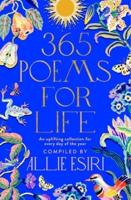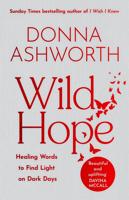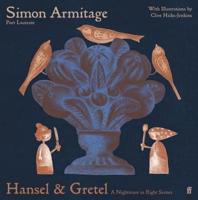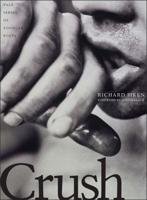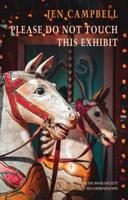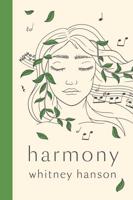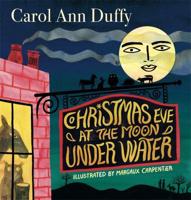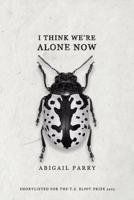Publisher's Synopsis
Victorian Songs Lyrics of the Affections and Nature By Edmund Henry Garrett No species of poetry is more ancient than the lyrical, and yet none shows so little sign of having outlived the requirements of human passion. The world may grow tired of epics and of tragedies, but each generation, as it sees the hawthorns blossom and the freshness of girlhood expand, is seized with a pang which nothing but the spasm of verse will relieve. Each youth imagines that spring-tide and love are wonders which he is the first of human beings to appreciate, and he burns to alleviate his emotion in rhyme. Historians exaggerate, perhaps, the function of music in awakening and guiding the exercise of lyrical poetry. The lyric exists, they tell us, as an accompaniment to the lyre; and without the mechanical harmony the spoken song is an artifice. Quite as plausibly might it be avowed that music was but added to verse to concentrate and emphasize its rapture, to add poignancy and volume to its expression. But the truth is that these two arts, though sometimes happily allied, are, and always have been, independent. When verse has been innocent enough to lean on music, we may be likely to find that music also has been of the simplest order, and that the pair of them, like two delicious children, have tottered and swayed together down the flowery meadows of experience. When either poetry or music is adult, the presence of each is a distraction to the other, and each prefers, in the elaborate ages, to stand alone, since the mystery of the one confounds the complexity of the other. Most poets hate music; few musicians comprehend the nature of poetry; and the combination of these arts has probably, in all ages, been contrived, not for the satisfaction of artists, but for the convenience of their public. We are delighted to publish this classic book as part of our extensive Classic Library collection. Many of the books in our collection have been out of print for decades, and therefore have not been accessible to the general public. The aim of our publishing program is to facilitate rapid access to this vast reservoir of literature, and our view is that this is a significant literary work, which deserves to be brought back into print after many decades. The contents of the vast majority of titles in the Classic Library have been scanned from the original works. To ensure a high quality product, each title has been meticulously hand curated by our staff. Our philosophy has been guided by a desire to provide the reader with a book that is as close as possible to ownership of the original work. We hope that you will enjoy this wonderful classic work, and that for you it becomes an enriching experience.

